
Food Chemistry 课程简介:前往报名学习
The curriculum includes theories and experiments on water, carbohydrates, lipids, proteins, vitamins and minerals, food colors and flavors, which principally teaches the physical and chemical properties of main food ingredients, their changes in the process of food production, and the influence of these changes on the formation of food quality and their laws.
播放:55次,课程ID:4538218
The curriculum includes theories and experiments on water, carbohydrates, lipids, proteins, vitamins and minerals, food colors and flavors, which principally teaches the physical and chemical properties of main food ingredients, their changes in the process of food production, and the influence of these changes on the formation of food quality and their laws.
--1.2 What are the main contents of Food Chemistry?
--1.3 Is food chemistry important?
--1.4 How to learn food chemistry well?
--2.1 What are the functions of water in food?
--2.2 What is the association of water molecules?
--2.3 How is the structure of water related to its low viscosity?
--2.5 Freezing process of food?
--2.6 How does freezing affect the food system?
--2.8 How do water molecules interact with non-polar substances?
--2.9 What is the state of moisture in food?
--2.10 What is water activity?
--2.11 What is the relationship between water activity and temperature?
--2.12 What is the relationship between water activity in food and microbial growth?
--2.13 What is the relationship between water activity and chemical changes in food?
--2.14 What is the moisture adsorption isotherm of food?
--2.15 Which are the intervals that the water adsorption isotherm can be divided into?
--3.1 What are the common monosaccharides in food? What are the functions of them?
--3.2 What are the common oligosaccharides in food? What are the functions of them?
--3.5 What is polysaccharide? How to classify? What is the role played by polysaccharides in food?
--3.6 What are the similarities and differences between polysaccharides and small molecule sugars?
--3.7 Gelation of Polysaccharides?
--3.8 What are the characteristics of starch granules?
--3.9 What are the characteristics of starch granules?
--3.10 What is the gelatinization of starch?
--3.11 What are the factors that might affect starch gelatinization?
--3.13 What is the modification of starch? What are the modification measures?
--3.15 What is pectin? What are the applications of pectin in food?
--3.16 What is the formation mechanism of pectin gel?
--4.1 What are the functions of lipids in food?
--4.2 How to classify with lipids?
--4.3 How is fatty acid named?
--4.4 What is the homogeneous polycrystalline oil?
--4.5 What is the process of oil emulsifying? What is the role that played by emulsifier in it?
--4.6 What is the plasticity of grease? What are the influencing factors?
--4.7 What is rancidity? What are the types of rancidity?
--4.11 What are the factors affecting lipid oxidation? How to control oil oxidation?
--4.12 What are oil antioxidants? How to make use of antioxidants?
--4.16 What are the indicators for the quality evaluating of grease?
--Test Question Bank for Oils and Fats of Food Chemistry
--5.1 How to classify with the proteins in food?
--5.2 What is the role of which played by protein in food?
--5.3 What are the forces that maintaining the multi-level structures of proteins?
--5.4 What is the impact of protein denaturation on food quality and safety?
--5.5 What are the factors which causing the protein denaturation in food?
--5.6 What are the functional properties of proteins?
--5.7 What is the significance of protein hydration properties for food quality?
--5.8 What are the characteristics of protein solubility?
--5.9 What is the application of protein gelation in food?
--5.10 What is protein organization?
--5.12 What are the characteristics of the emulsifying properties of protein?
--5.13 What are the characteristics of the foaming properties of protein?
--5.14 What effect does protein have on the flavor of food?
--5.15 What chemical changes of proteins will occur during food processing?
--5.16 What are the methods of protein modification?
--6.1 What are the main factors that may affect the content of vitamins in food?
--6.2 What is the main mechanism of VC loss in food?
--6.3 What are the main degradation methods of VB1 in food?
--7.1 What are colors and pigments?
--7.2 What is the basic principle of coloration material?
--7.3 What are the structure and characteristics of chlorophyll?
--7.4 What is the mechanism of nitrous acid in coloring meat?
--7.5 What are the factors that affect the color of polyphenolic pigments?
--7.6 What is the mechanism of Maillard reaction?
--7.7 What are the factors that may affect Maillard's response?
--7.8 What is enzymatic browning? What are the methods of inhibiting enzymatic browning?
--8.2 What is the physiological process of food tasting perception?
--8.3 What are the typical taste substances in food?
--8.4 What is the physiological process of food flavor perception?
--8.5 What are the typical aroma substances in food?
--9.1 Determination of moisture content in food (atmospheric pressure drying method)
--9.2 Experiment for pectin gelation
--9.3 Determination of peroxide value of oils and fats (titration method)
--9.4 Experiment of the effect of heat treatment on vitamin C in juice
--9.6 Experiment of the effect of amino acids on Maillard reaction

赵国华,男,博士,西南大学二级教授、博士生导师,西南大学副校长。曾留学于瑞典隆德大学和美国克莱姆森大学。曾获得全国优秀科技特派员、重庆市学术技术带头人、重庆市“巴渝”学者、重庆市首批高等学校优秀人才资助计划获得者、重庆市优秀青年人才营养科学奖、西南大学教学名师等荣誉。主要研究方向为食品碳水化合物资源开发与利用。现任重庆市特色食品工程技术研究中心主任,重庆市农产品加工重点实验室主任,重庆市甘薯工程研究中心副主任,中国食品科学技术学会和营养学会理事,全国农业专业学位食品加工与安全领域研究生教育指导委员会副组长,教育部食品科学与工程教学指导委员会委员,第二届食品安全国家标准审评委员会营养与特殊膳食食品专业委员会委员、重庆市食品安全地方标准评审委员会副主任委员等社会职务。累计发表200多篇学术论文,其中SCI收录论文70余篇,累计他引1300多次,个人H-指数19;获得发明专利授权11项;已完成或正在承担包括国家基金面上项目(3项)、863子课题、十三五重点研发任务、重庆市121工程重点等纵向科学研究项目20余项;承担企业委托研发项目30余项;在科学出版社等主编出版教材5本,副主编教材4本。现担任《Chemical Speciation and Bioavailability 》(SCI收录)、《Journal of Integrative Agriculture》(SCI收录)、《中国农业科学》、《中国食品学报》、《食品科学》、《食品与发酵工业》等学术期刊编委,是《Journal Agricultural and Food Chemistry》等20多种国际期刊审稿人。
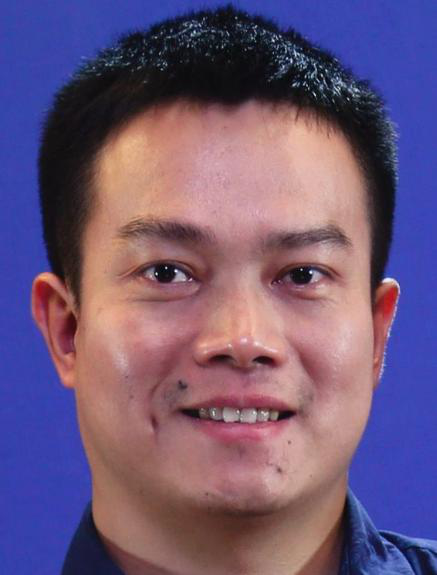
叶发银,2013年6月获江南大学食品科学博士,2015~2016年美国路易斯安那州立大学国家公派访问学者,现为西南大学食品科学学院副教授,硕士生导师,国家自然科学基金及重庆市科技局科技项目网评专家,重庆市科技特派员。研究领域主要集中在:淀粉科学及淀粉制品工艺学、碳水化合物功能修饰及在食品中应用研究、地方特色食品资源与开发。完成及在研纵向项目12项,淀粉科学相关研究获得国家自然科学基金面上项目、国家自然科学基金青年科学基金项目和人社部博士后基金面上项目、教育部中央高校基本科研费等项目资助;地方特色食品资源胭脂萝卜的相关研究得到重庆市技术创新与应用示范社会民生类一般项目及产业类重点研发项目的资助。主持西南大学校级教改项目2项;副主编本科生教材1部,参编4部;为本科生讲授《食品化学》、《Food Science Basics I (双语)》;国家级大学生创新训练项目指导教师。
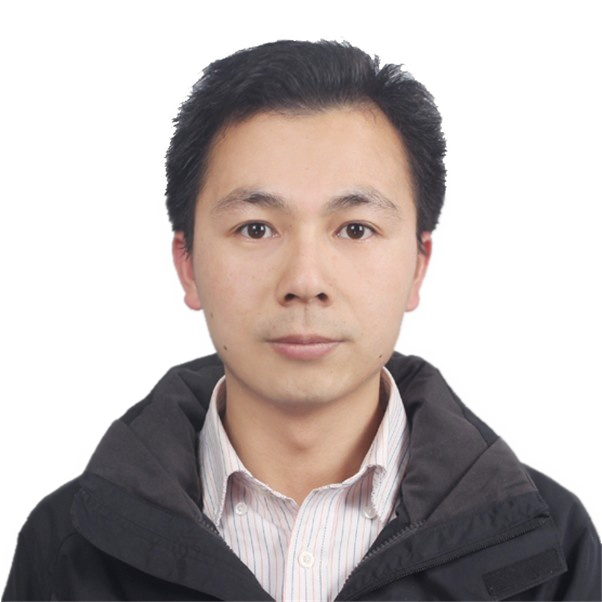
张甫生,男,博士,副教授,美国普渡大学访问学者,中国食品科学技术学会非热加工分会理事,中国园艺学会魔芋协会会员;2011年6月博士毕业于中国农业大学食品科学与营养工程学院,2011年7月至今在西南大学食品科学学院工作。致力于果蔬加工及碳水化合物相关领域的研究工作,研究方向主要涉及果蔬资源加工利用与深度开发、碳水化合物资源加工利用与物理改性等方面;主持各类国家及省部级项目6项,在国内外食品科技期刊上发表学术论文60多篇,参编书籍6部,指导学生获省级“挑战杯”竞赛二等奖,2016年获西南大学优秀党员称号。主讲食品化学实验、果蔬加工工艺学等课程。
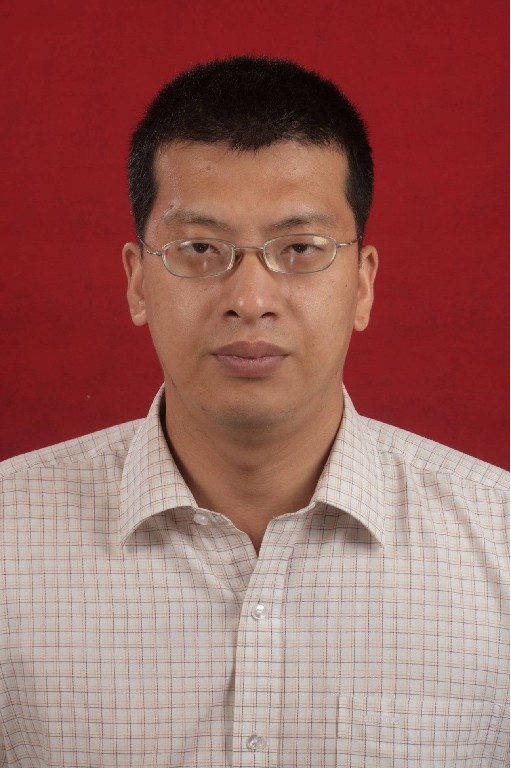
王洪伟 西南大学 食品科学学院食品科学系,博士,讲师。2000年毕业于哈尔滨工业大学,2005年获得东北农业大学食品科学硕士学位,2019年获得西南大学食品科学博士学位。2015年至2016年,美国堪萨斯州立大学访问学者。研究方向主要为食品化学及食品感官评价。发表学术论文30余篇,其中SCI论文4篇;主持课题6项,累计经费达70余万元。参编教材6部。主讲蛋白质部分。
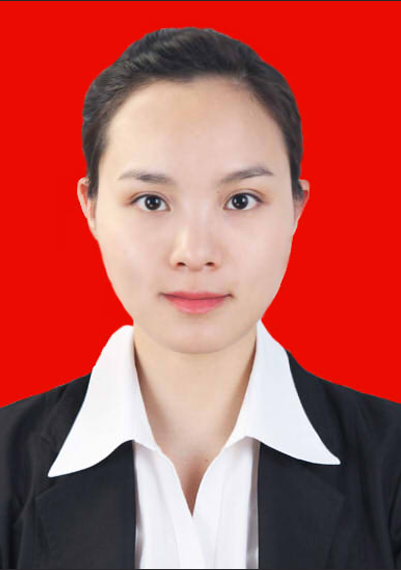
雷琳 西南大学食品科学学院,博士,副教授,硕士研究生导师。2012年毕业于南昌大学食品学院,2012-2015年香港中文大学做教学助理,2015年获得香港中文大学营养及食品科学博士学位。2015-2016年香港中文大学生命科学学院做博士后研究;2018年香港中文大学做名誉研究员。研究方向主要为冠心病和脂质代谢异常营养干预、非消化性碳水化合物全代谢。发表SCI论文25篇,主持国家、省部级课题7项。主讲《食品营养学》、《膳食调查与食谱设计》,本次主讲食品化学油脂部分。
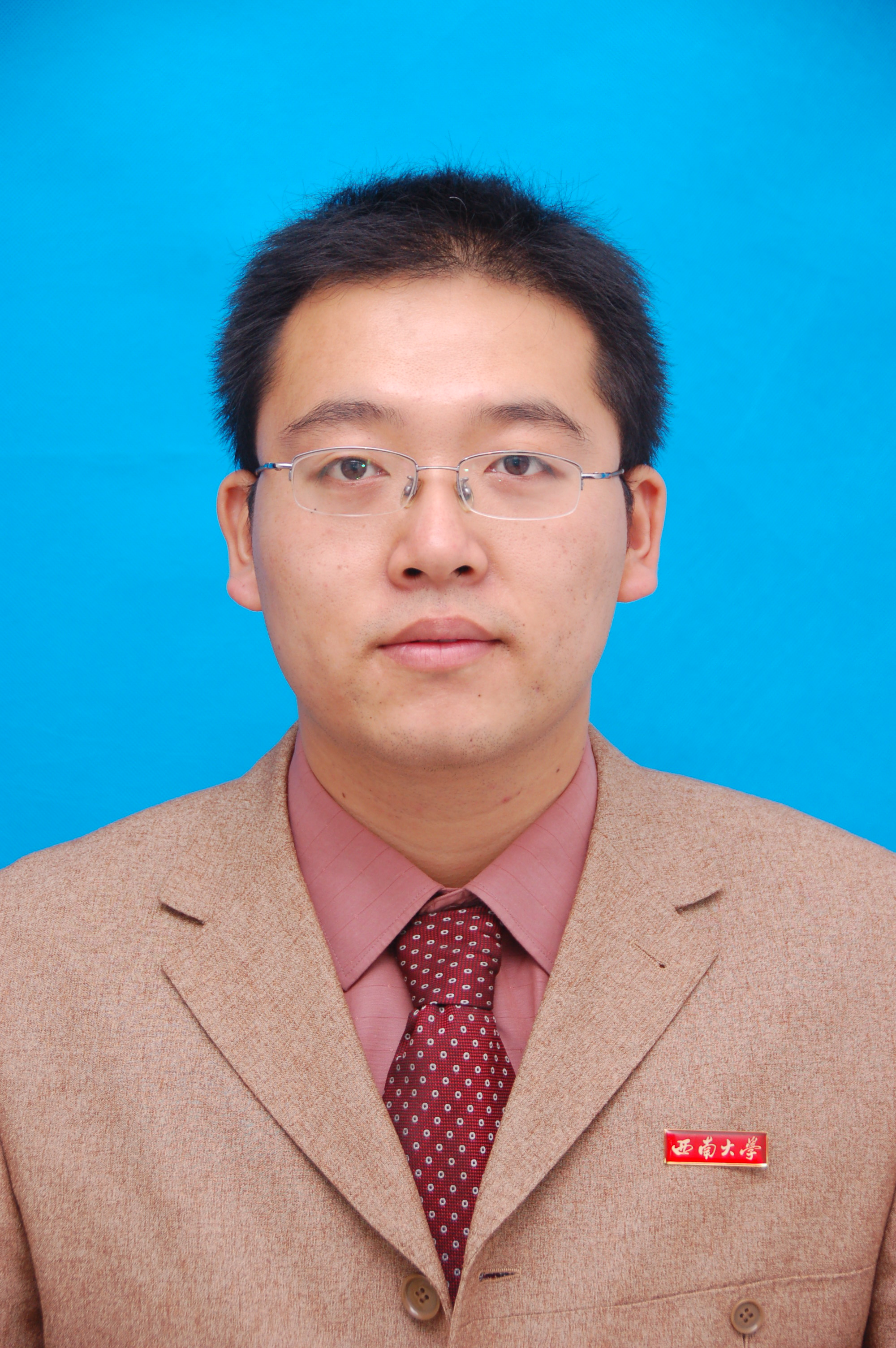
陈嘉,男,2017年获西南大学食品科学博士学位。主要研究方向为食品化学与营养学、食品无损检测。讲授课程:食品产业信息与网络技术、食品物流学、食品工艺学、食品工程原理、食品工厂设计、饮料工艺学、食品标准与法律法规等。
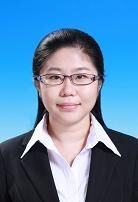
石慧,西南大学食品科学学院副教授,硕士生导师。2008年于东北农业大学理学院获得工学学士学位。2013年于中国农业大学食品科学与营养工程学院获得工学博士学位,同年进入西南大学食品科学学院工作至今。2014年到2016年于美国宾夕法尼亚大学生物系从事博士后研究。